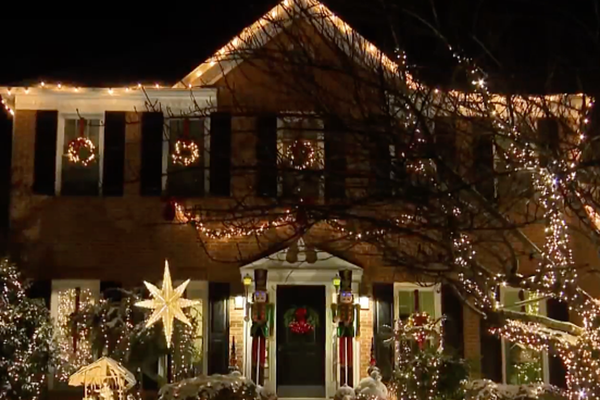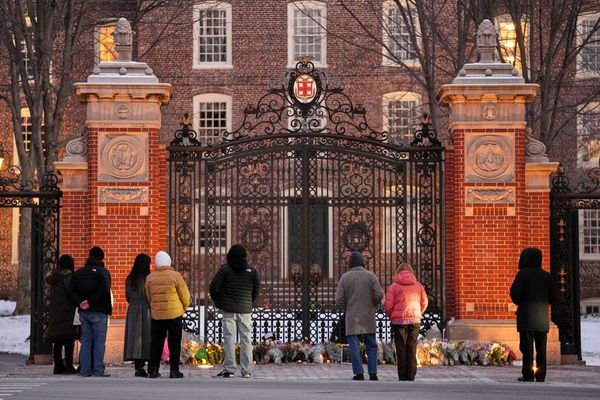The long-awaited ceasefire in Gaza has come into effect after a delay in the list of 33 Israeli hostages due to be freed threatened to derail the truce.
Fighting finally stopped after an almost three-hour delay on Sunday, which saw continued airstrikes kill eight Palestinians and injure 25 others, according to medics in Gaza.
However peace began at 9.15am UK time, with the first three hostages set to be freed after 2pm.
They include British-Israeli citizen Emily Damari, 28, who was abducted from Kibbutz Kfar Aza, as well as Romi Gonen, 24, who was ambushed as she tried to escape from the Supernova Festival.
Veterinary nurse Doron Steinbrecher, 31, who was in her apartment in southern Israel when Hamas attacked is also set for release.
Four more female hostages will be released in seven days under plans to gradually release hostages over 42 days in the first phase of the truce. In exchange, some 1,900 Palestinian prisoners are expected to be freed.
On its official X account, the Israeli government posted a list of the 33 hostages it said were to be released. The Independent takes a look:
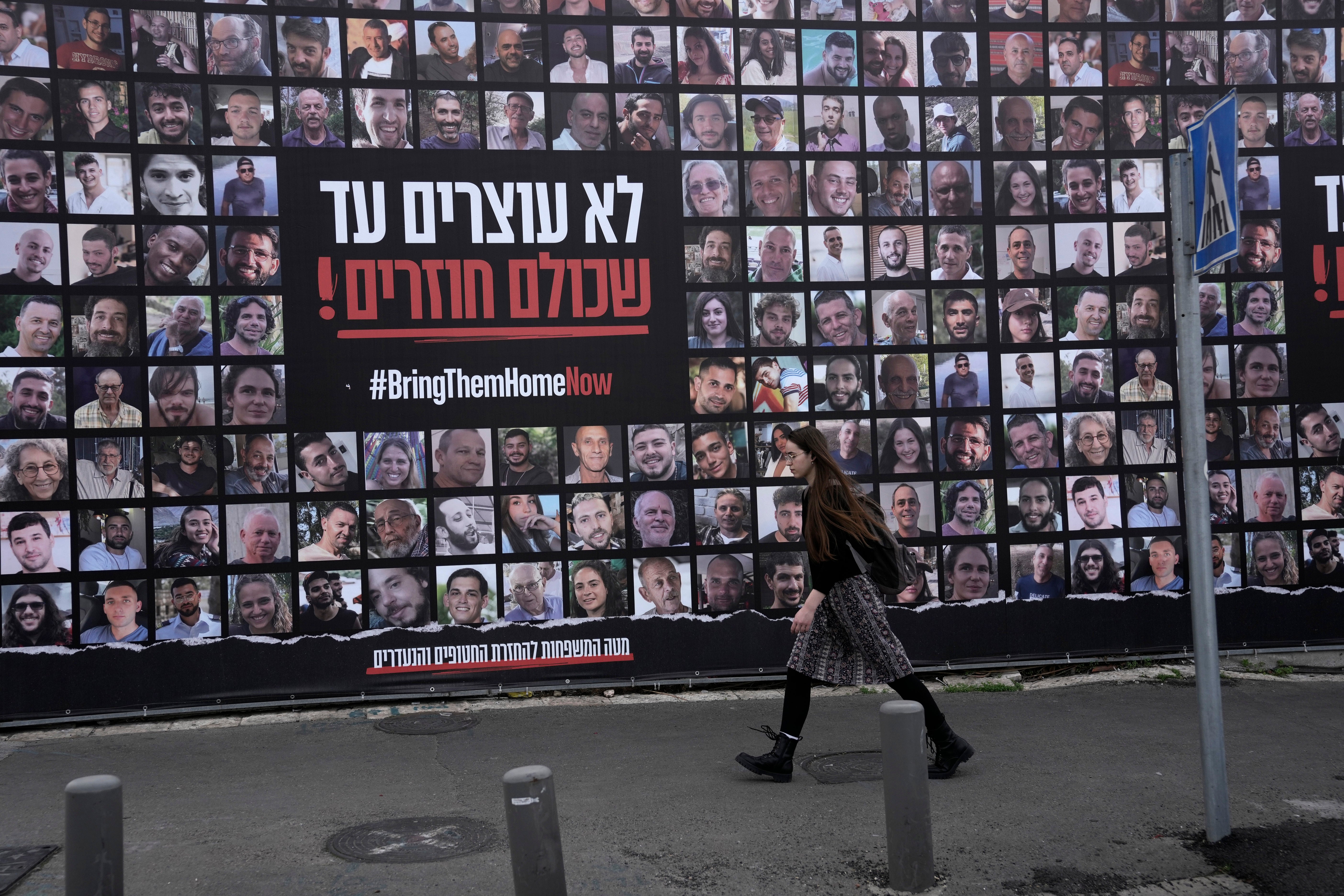
Women and children
Romi Gonen, 23
Emily Damari, 27
Arbel Yehud, 29
Doron Steinbrecher, 31
Ariel Bibas, 5
Kfir Bibas, 2
Shiri Silberman Bibas, 33
Liri Albag, 19
Karina Ariev, 20
Agam Berger, 21
Danielle Gilboa, 20
Naama Levy, 20
❤️🎗️
— Israel ישראל (@Israel) January 19, 2025
We are waiting for each and every one of you. pic.twitter.com/hys5TbvqU8
Older men
Ohad Ben-Ami, 58
Gadi Moshe Moses, 80
Keith Siegel, 65
Ofer Calderon, 54
Eli Sharabi, 52
Itzik Elgarat, 70
Shlomo Mansour, 86
Ohad Yahalomi, 50
Oded Lifshitz, 84
Tsahi Idan, 50
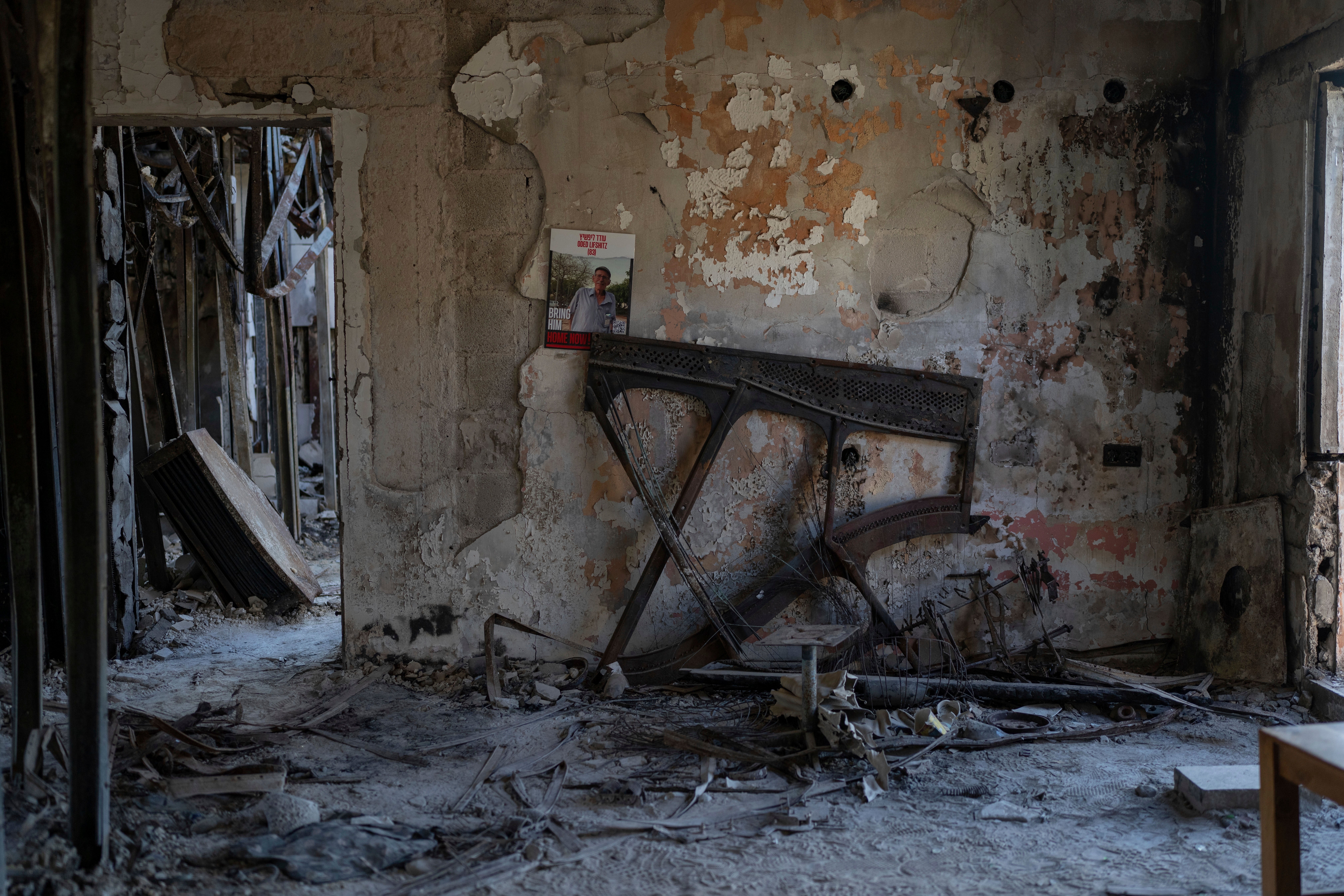
Younger men
Hisham al-Sayed, 36
Yarden Bibas, 35
Sagui Dekel-Chen, 36
Yair Horn, 46
Omer Wenkert, 23
Sasha Trufanov, 28
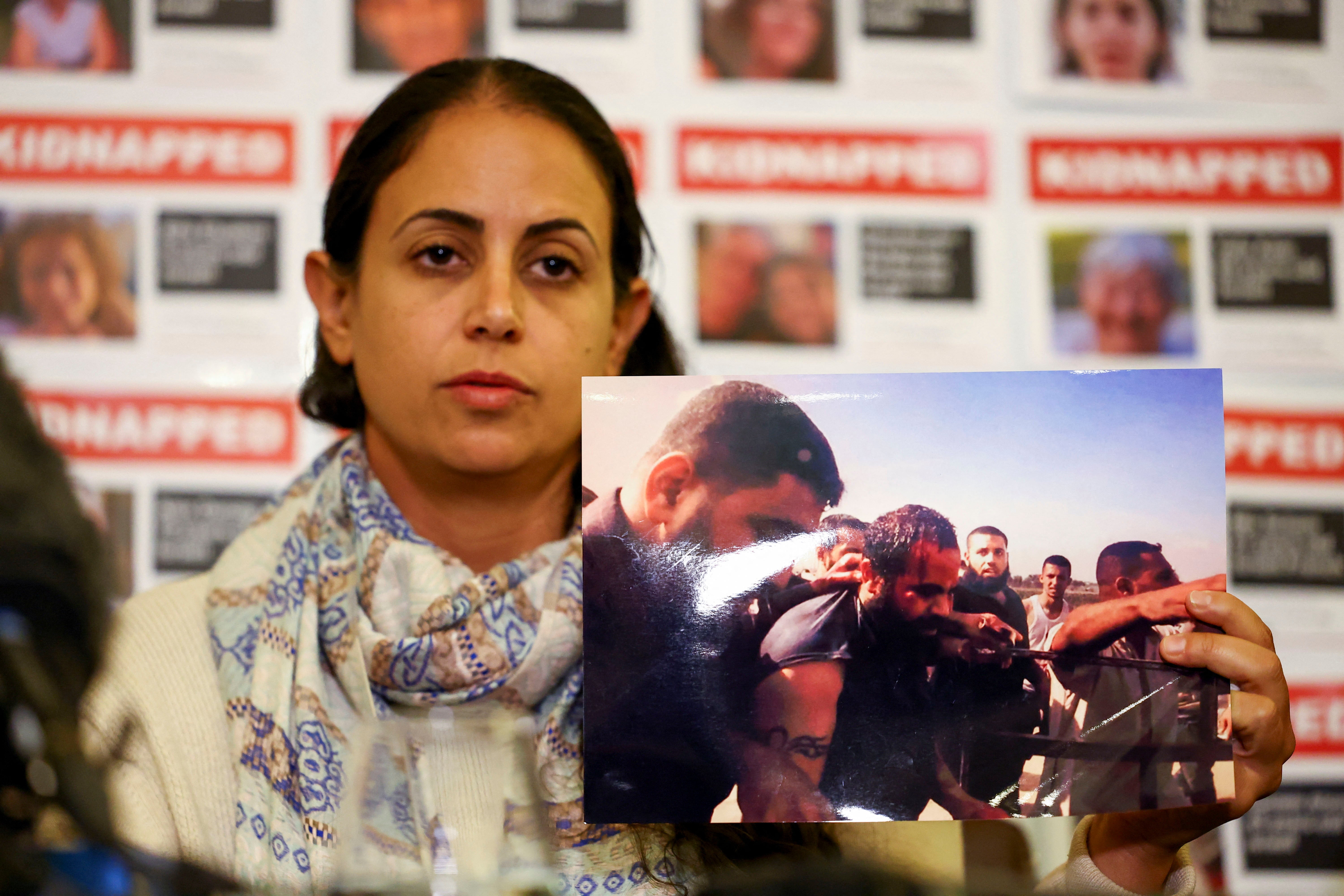
Eliya Cohen, 27
Or Levy, 34
Avera Mengistu, 38
Tal Shoham, 39
Omer Shem-Tov, 22
Those on the list, to be returned over a period of 42 days, are so-called “humanitarian” cases: women, children, elderly individuals and the infirm.
Israel has not been told how many of the 33 are alive, though it expects the majority are. The identities of those set to return are expected to be provided 24 hours before each release.
